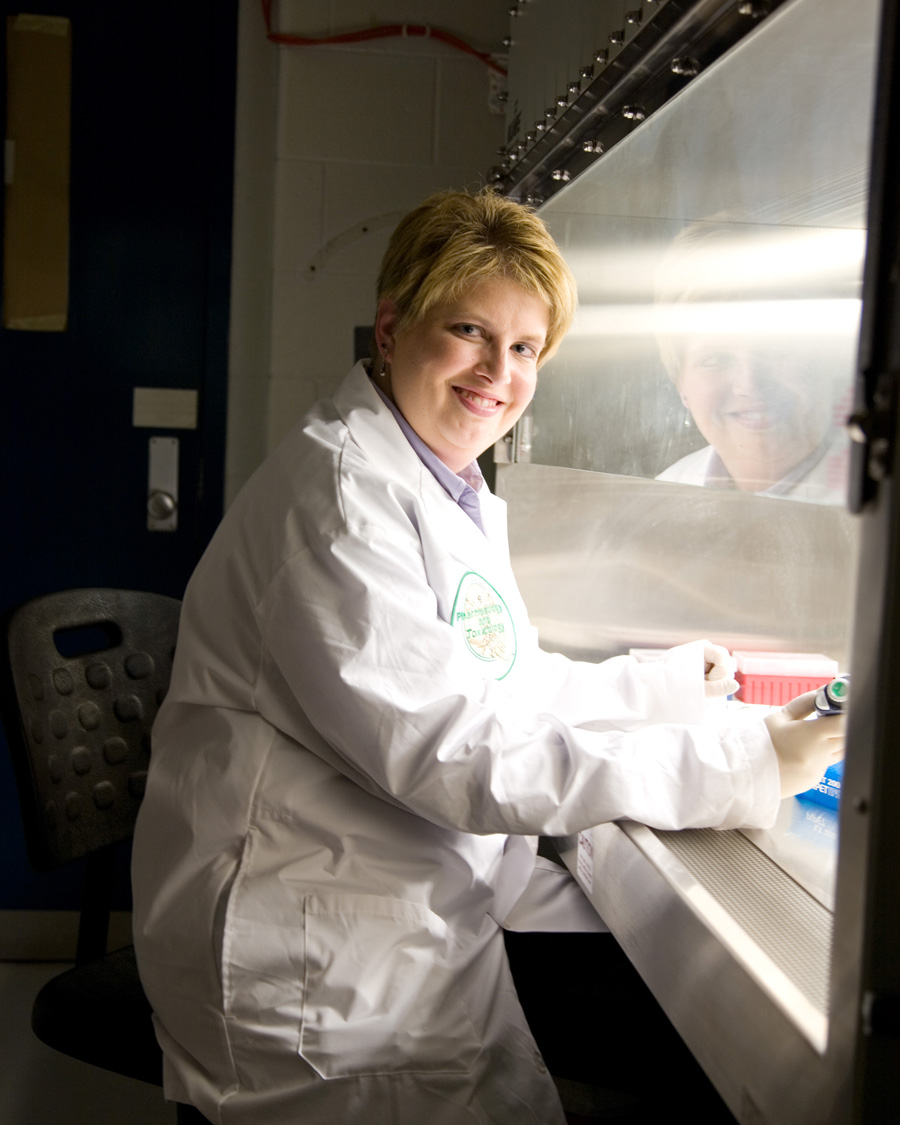“Traditionally all surgical techniques have been passed down from person to person. And it hasn’t been until JoVE and others that they’ve been able to be videotaped and shared.” – Dr. Carrie Northcott
The Problem — While at Michigan State University (MSU), before publishing in JoVE, Dr. Carrie Northcott decided to film a surgical technique she had learned as a post-doctoral student for her lab. That technique, catheter implantation, had proven itself to be a frustrating procedure for her students to learn—even after watching her demonstrate it first hand. “Without a video or anything we’ve had variable success rates,” said her colleague, Core Research Facilities Manager, Brian Jespersen, “Often they can be below 40%.” Dr. Northcott hoped that her homemade video would address her reproducibility problem by allowing her students to repeatedly watch the procedure.
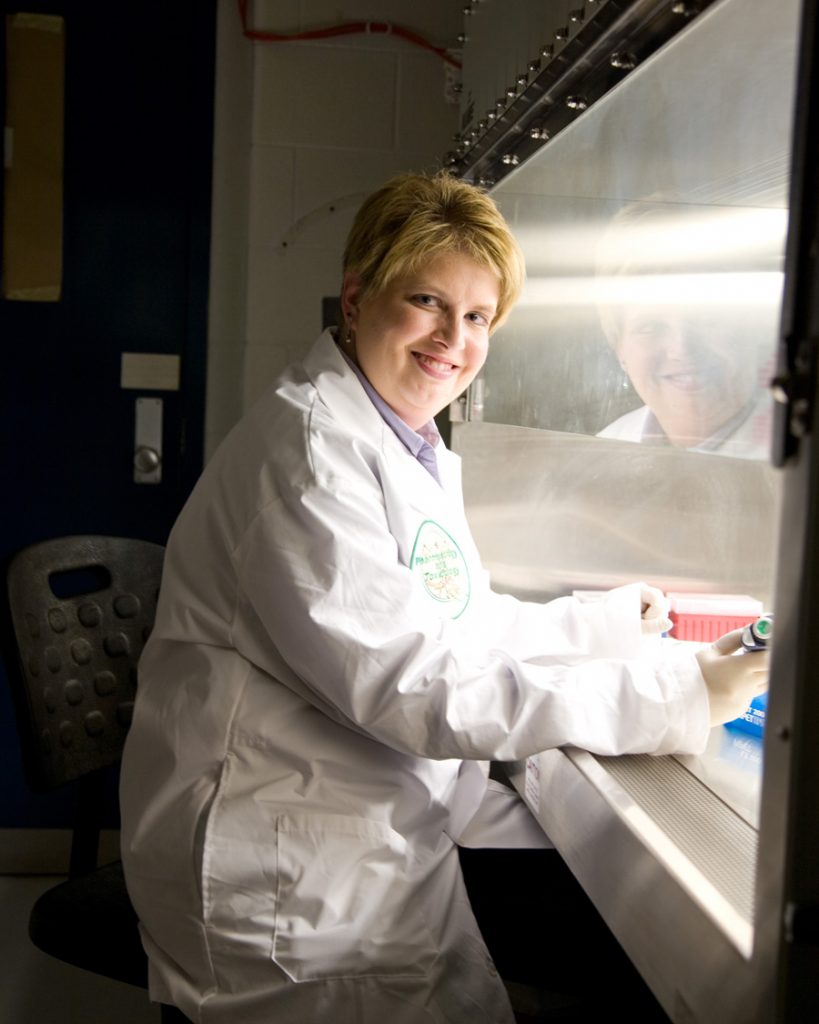
Dr. Northcott’s lab consisted of about 9 researchers, and with students rotating in and out each year, keeping her team competent with the procedure was a costly process—in terms of time and money. The price of consumable materials and lab animals used in the protocol amounted to approximately $50 per trial. Considering a 40% success rate without the help of a video, each individual in the lab would have to perform the technique about 8 times in order to achieve the ultimate goal of performing a catheter implantation in as little as 20-30 minutes.
Implementing JoVE — Dr. Northcott’s homemade video proved to be helpful in speeding up the learning process for her students, but that success was limited. Nonetheless sold on the idea of using videos to teach their lab team, she and Jespersen eventually moved to collaborate on publishing their technique in JoVE. “The professional quality and the knowledge of filming detailed experimental procedures that JoVE brought to it wasn’t something that we could do in a home version,” said Dr. Northcott, “The editing has made it very concise, detailed and clear to the viewer; this was something that the homemade video just didn’t have.”
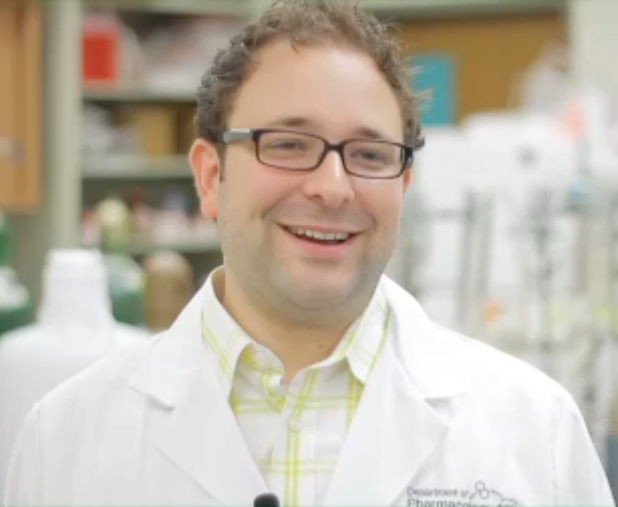
Publishing in JoVE’s signature video-article format presented more opportunities for Dr. Northcott and Jespersen than expected. “We were able to reach a large audience [with JoVE]. So many people were asking about it internally within Michigan State, and when we started teaching it to the different short courses and the masters course we started realizing how many people wanted to see it,” said Dr. Northcott.
Dr. Northcott and Jespersen went on to use the JoVE video to teach in the classroom and lab, to help secure research grants and to share the technique with their colleagues. “We used it in all different types of formats,” said Dr. Northcott, “…It’s been integrated into all these different courses in which I was teaching the catheterization procedure.”
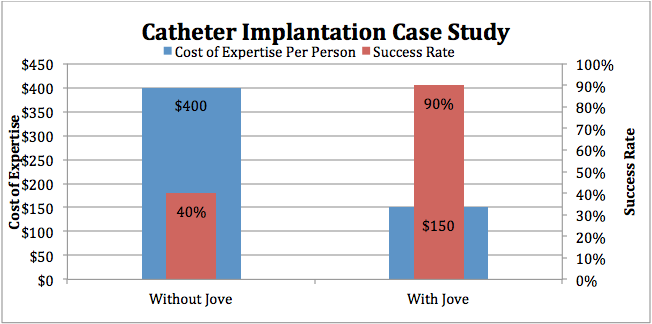 The Results — After introducing their JoVE video to her lab, Dr. Northcott reported a dramatic increase in her students’ ability to successfully perform a catheter implantation upon first attempt. “Initially it took multiple tries, multiple efforts, whereas now when we teach this technique with the video we have between a 90 to 100 percent success rate,” she said, “I’ve always been surprised that by the end of a short course, where we have ten to fifteen people in a room, within 2 to 3 hours they will have been able to successfully implant a catheter.” While Northcott’s ultimate goal is for her students to eventually be able to complete the procedure in 20-30 minutes, having them successfully complete it upon first try in a single lab has made the learning process tremendously efficient.
The Results — After introducing their JoVE video to her lab, Dr. Northcott reported a dramatic increase in her students’ ability to successfully perform a catheter implantation upon first attempt. “Initially it took multiple tries, multiple efforts, whereas now when we teach this technique with the video we have between a 90 to 100 percent success rate,” she said, “I’ve always been surprised that by the end of a short course, where we have ten to fifteen people in a room, within 2 to 3 hours they will have been able to successfully implant a catheter.” While Northcott’s ultimate goal is for her students to eventually be able to complete the procedure in 20-30 minutes, having them successfully complete it upon first try in a single lab has made the learning process tremendously efficient.
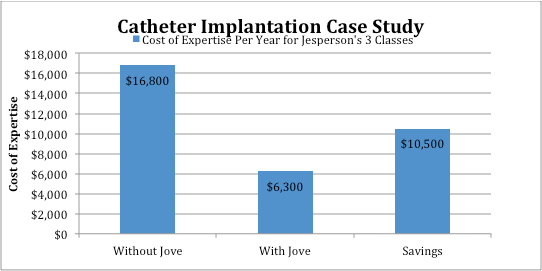
In terms of financial benefits, consider the approximate cost of a single procedure to be $50. Each of the lab’s 9 researchers successfully performed the technique in 1 try instead of 8, thereby saving the lab $350 each. Together, the Northcott lab saved $3,150 per year. For Jespersen, who taught the procedure in his MSU courses Graduate Bootcamp, Integrative and Organ Systems and Applied Pharmacology, introducing the technique to 10-14 new students per course per year with the JoVE video meant savings upward of $10,500.
While Dr. Northcott and Jespersen have since shifted roles at MSU, their JoVE video continues to benefit the other scientists there using the technique. “I know first hand this has been used for other faculty members in their grants,” Dr. Northcott said, “It has been used successfully to help others achieve funding.” Jespersen has also benefited from publishing in JoVE. “It has been a great conversation piece that has sparked additional conversations and collaborations with other industry partners,” he said.
Currently Dr. Northcott and Jespersen’s video stands as the third most viewed video-article in JoVE with nearly 29,000 views since publication.
Watch Dr. Northcott and Jespersen’s video: Femoral Arterial and Venous Catheterization for Blood Sampling, Drug Administration and Conscious Blood Pressure and Heart Rate Measurements.
Please tell us how your lab uses science video in a comment below.


